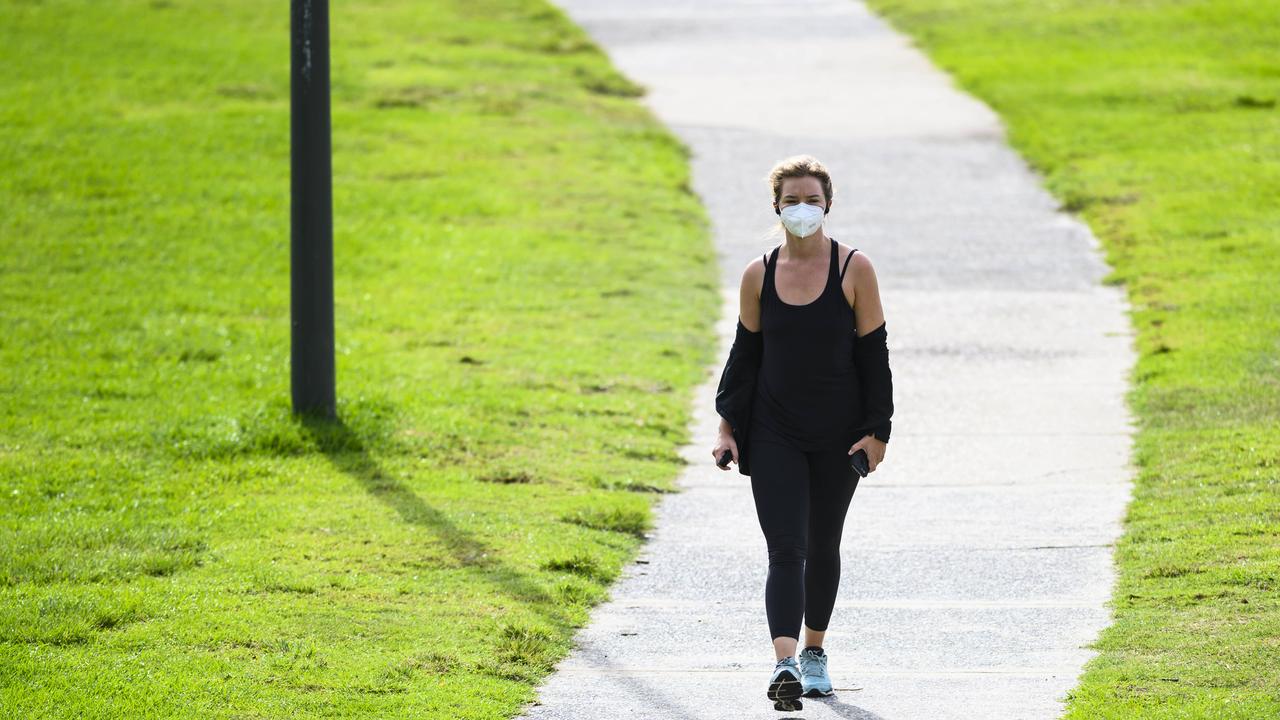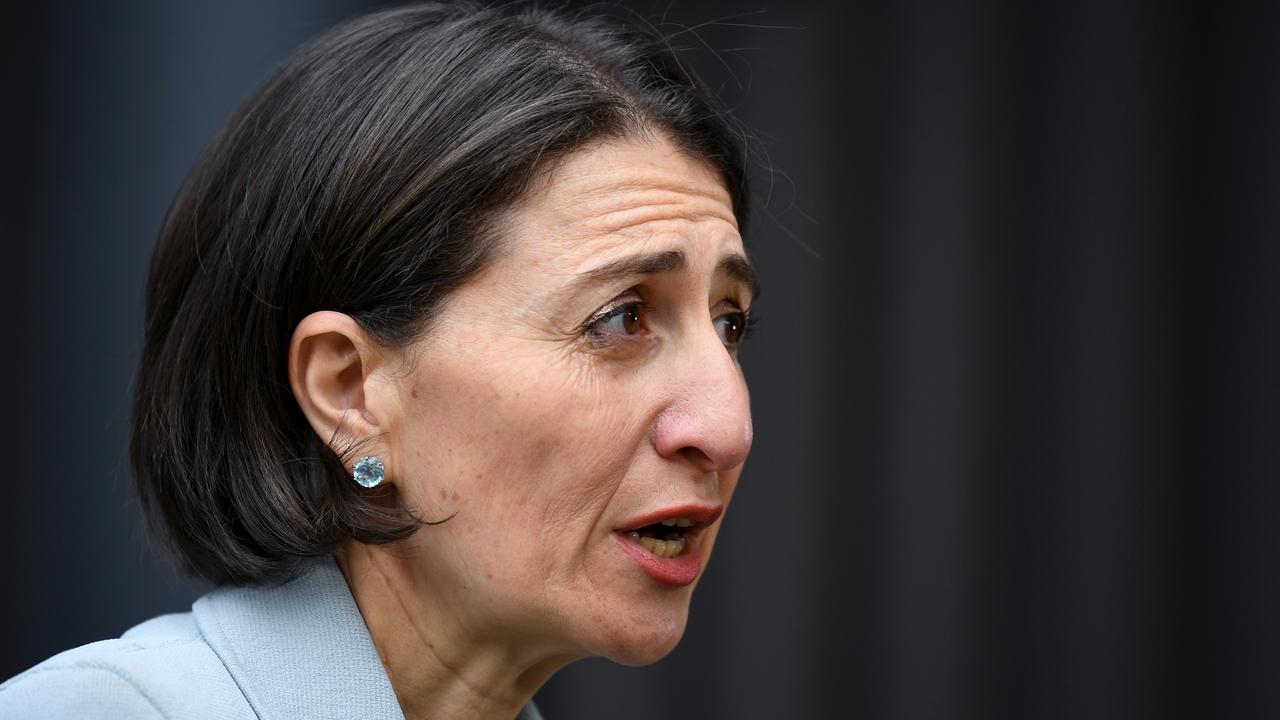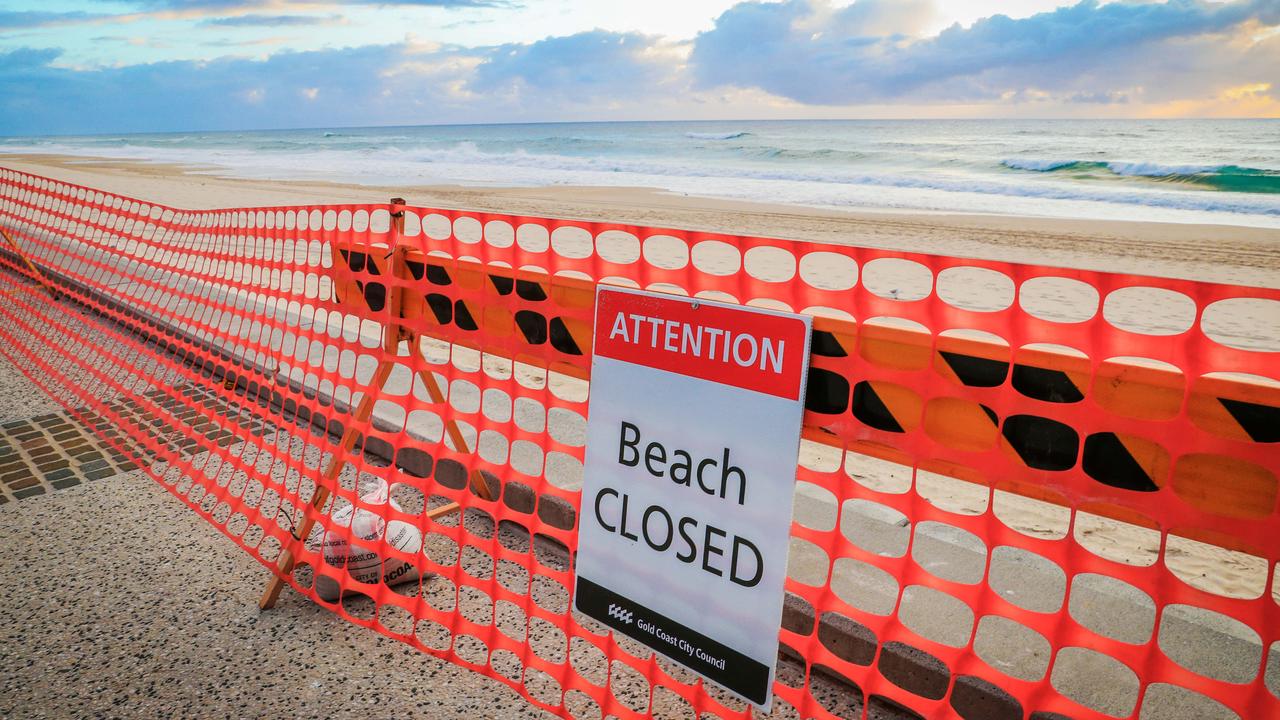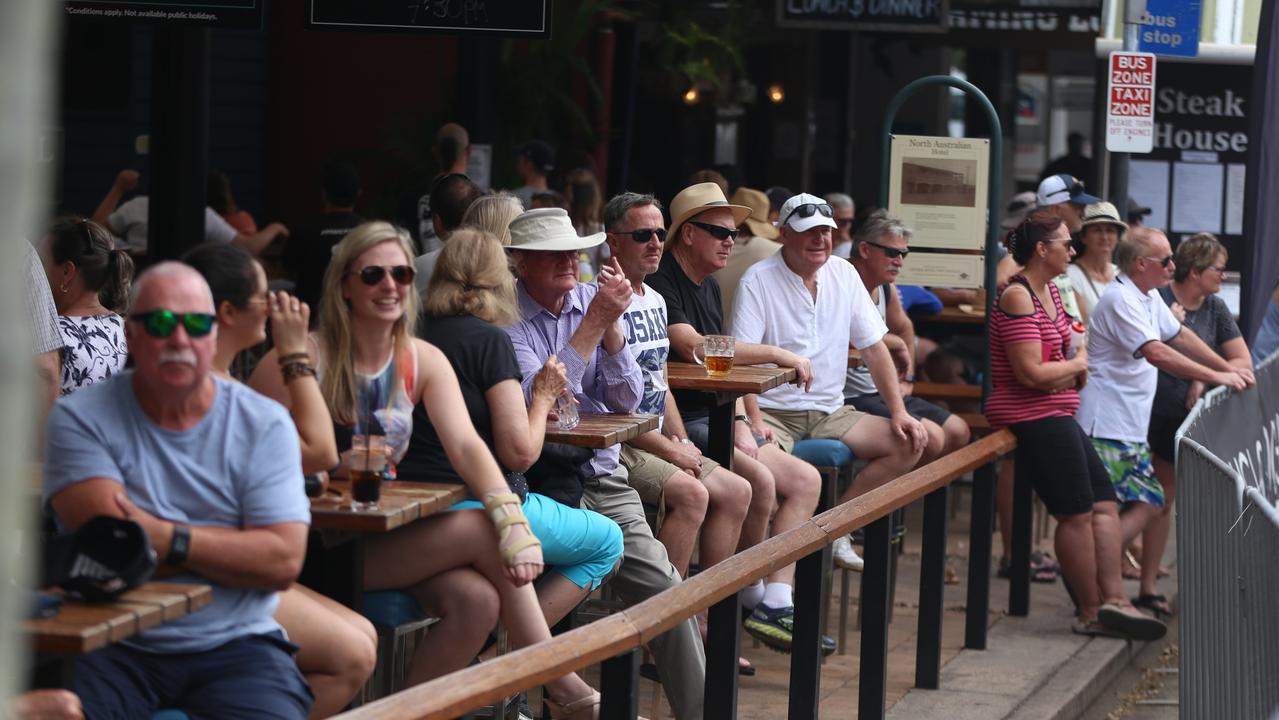Coronavirus Australia: COVID-19 restrictions that could soon be relaxed
There are signs COVID-19 restrictions could soon start to be wound back and we could return to “semi reasonable normality”.
Suddenly, there appears to be light at the end of the lockdown tunnel.
After just yesterday saying social distancing could go on for several years, NSW Premier Gladys Berejiklian held out a carrot today.
“I don't want to raise expectations, but there could be a chance, if the health experts deem it appropriate for us, to look at some relaxations,” she told reporters as the state announced daily new infections has decreased to the lowest number for three weeks.
Across Australia, the numbers of new coronavirus infections are coming down after social distancing measures were introduced during March.
A public health expert has said there was now the prospect of Australia returning to “semi- reasonable normality” in the short term, although you should banish hopes of returning to bustling bars and crowded stadiums for a bit.
RELATED: Follow the latest coronavirus updates
RELATED: Lockdown could be relaxed in weeks
However, confusion reigns about what the loosening of those restrictions should be – or even if we should loosen them at all.
The NSW Premier might be flagging a winding back of some of the so-called “stage three” restrictions but the Victorian Premier Daniel Andrews has said the state could go to the undefined “stage four” restrictions.
Mr Andrews said while cases were stabilising across the state, it was no time for complacency.
“If and when there is a need to do more, we won’t hesitate to do that. We know there’ll be pain, we know there will be disruption, but that is a price worth paying if it saves lives,” he said on Tuesday.
Yet, in South Australia, the state government hasn’t even got to stage three yet. In Adelaide you can still meet up with as many as 10 people, rather than the two elsewhere.

The fear deep in the belly of many politicians and health professionals is that if measures to contain coronavirus are relaxed, the number of new cases and deaths will do an abrupt about-turn.
James McCaw, an infectious disease modeller with the Doherty Institute, told The Australian that if we stopped social distancing, cases would shoot up.
“We know that our population is still largely susceptible, and so if we relaxed and went back to normal, we would see a rapid and explosive resurgence in epidemic activity,” he said.
Ms Berejiklian isn’t suggesting a winding back of all measures. But she has said the trade off for making the restrictions more bearable might be more cases: “it's a horrible situation to be in, but they're the choices and we need to be upfront about it.”
Modelling released by the government yesterday said if no measures had been taken, 23 million Australians could be infected with COVID-19 within a matter of months with hospitals overwhelmed and only 15 per cent of people who needed it getting access to intensive care units.
However, various elements of quarantining, isolation and social distancing could bring infections down to just 11 per cent of Australians with everyone who needed it getting treatment.

‘WE’RE NOT NEW YORK’
Australian National University infectious disease expert Peter Collignon said while fully ditching the current measures wasn’t on the cards until a treatment was found, the rules could both be relaxed and the numbers of new infections held in check.
“Australia is a good story but we need to keep it that way. It’s only Australia and South Korea that have really managed to move the curve. They still have cases occurring and so will we likely,” he told news.com.au.
Prof Collignon said the risk facing Australia was we were going into winter, when viruses can spread more easily.
“But we’re not New York, we’re not London, and we’re unlikely to get to that point.
“The reality is we will have the virus with us for two years, maybe longer. We can’t be hermits for all that time,” he said.
“There’s lots of space to have a semi reasonable normality without locking us all down and ruining livelihoods and having people going stir crazy so we need to identify what makes a difference.”
The number one tactic was simple: “Keep your distance in crowded spaces and wash your hands, wash your hands and wash your hands again.”
If we did that, there should be lots of scope to wind back other restrictions.
“What does it matter if someone sits on a park bench or if a couple in the same household go to the country and go for a stop and walk in a park?” said Prof Collignon. who has been a critic of stage three restrictions. He said earlier measures such as social distancing and quarantining overseas arrivals have been the main drivers keeping infections down.

OUTDOOR RESTRICTIONS EASED
As such, we could go back to stage two very soon. Outside activities could be the first to be loosened including exercising allowed with more people, going to the beach – suitably distant from one another – and being able to have a lazy afternoon in the park. You could meet up with more than one other person.
“If it’s a sunny day, maybe you could have people over – in the backyard – if they haven’t got a sniffle. That’s reasonable and it keeps up some socialisation,” Prof Collignon said.
CAFES, PUBS
The Daily Telegraph this morning reported there could be some rolling back of restrictions on gyms cafes, restaurants and small worship groups if strict social distancing measures were enforced. These could be reviewed on a monthly basis to see how infection numbers have moved.
The challenge is indoor spaces are better at spreading COVID-19.
“We’d have to go slowly with cafes; perhaps initially with social distancing in outdoor areas of cafes,” Prof Collignon said.
“But pubs and clubs where young people come within millimetres of one another – that’s not going to happen for a while.”

He said state governments’ willingness to walk back restrictions would be the numbers of new infections. Given those numbers were currently good, it could be weeks rather than months.
“Luckily we’ve turned the epidemic curve but we’ll have to keep it flat at the lowest number we can,” Prof Collignon said.
“I don’t think we’ll get to zero but with low numbers, our health system will cope. We’ll still have deaths but not lots of them and we’ll be able to function as a society.
“If we do the right things with our hands, mouth and nose and keep our distance, this should be controllable.”




